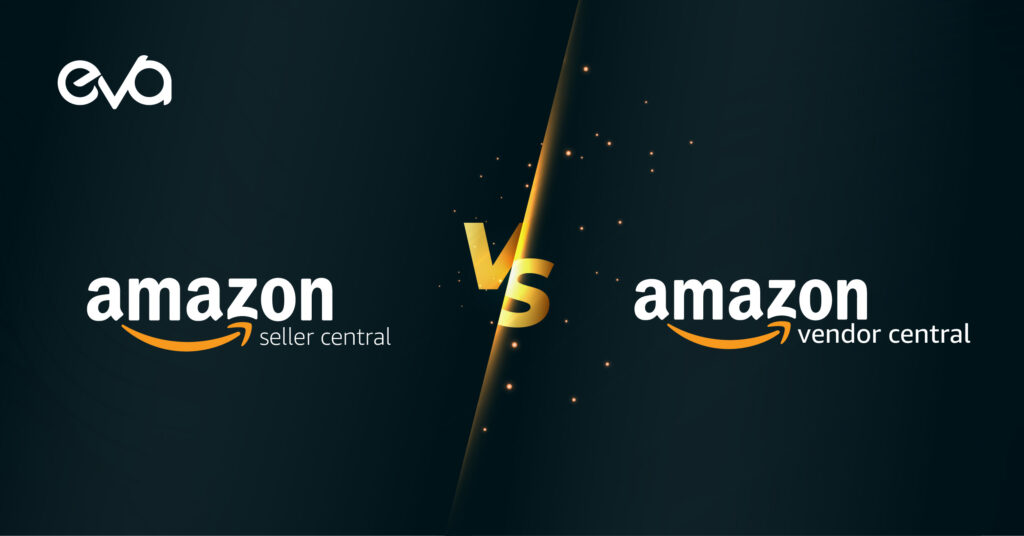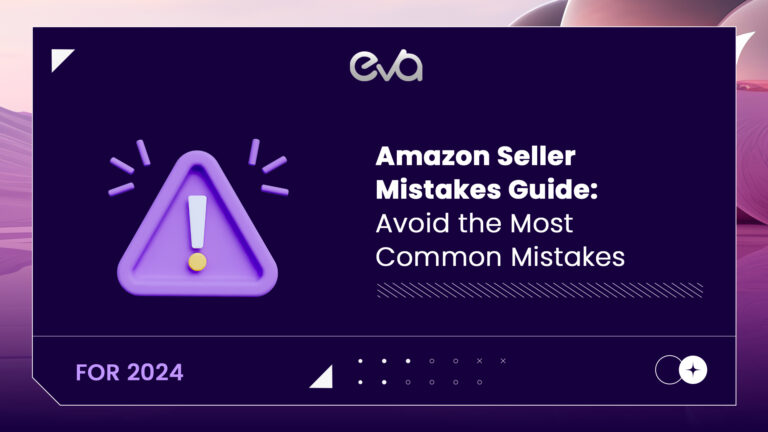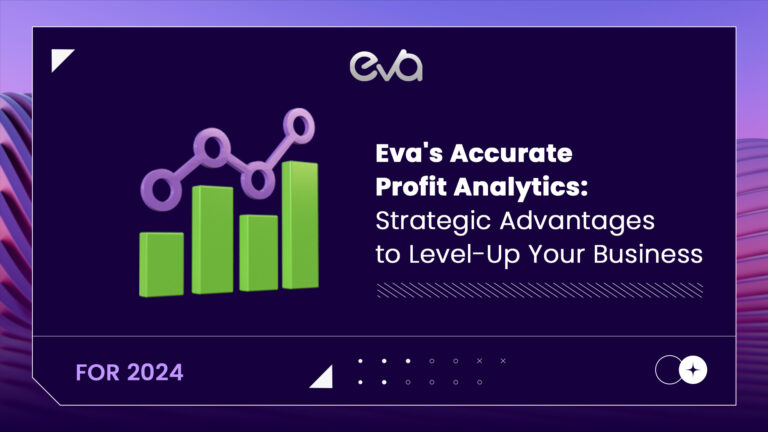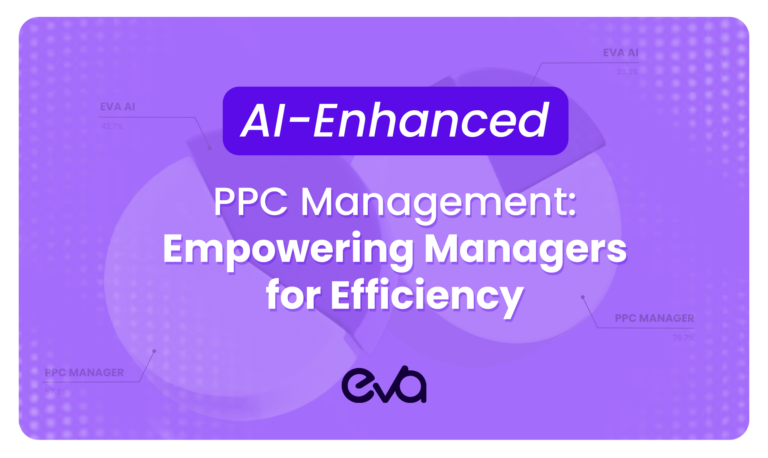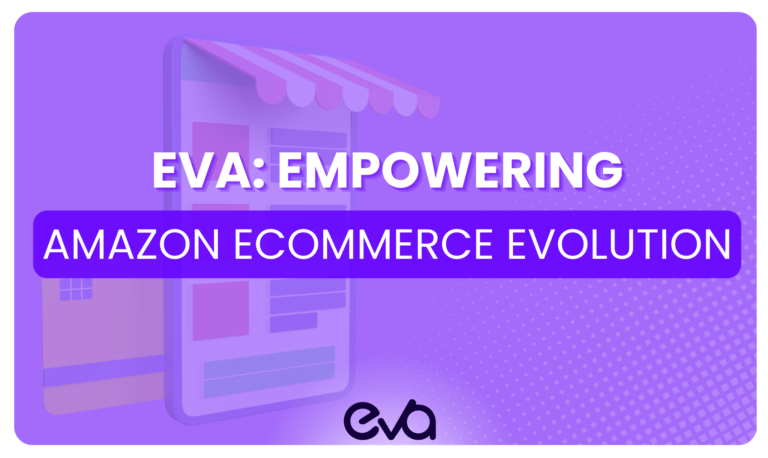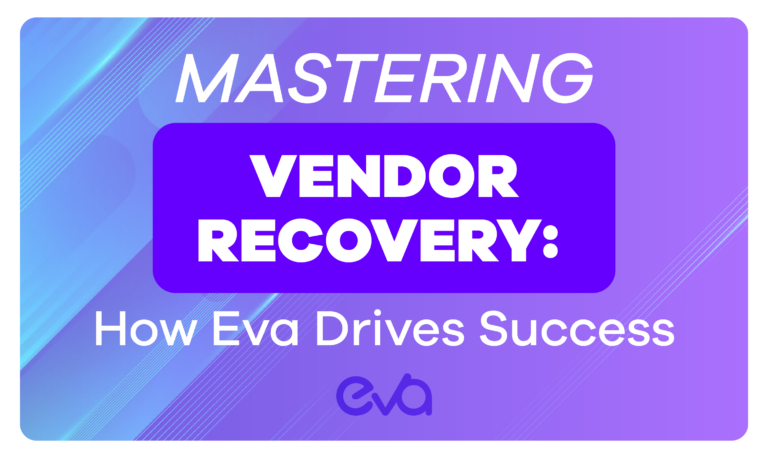Are you an Amazon seller considering using Vendor Central instead of Seller Central? This guide is for you! In this post, we compare and contrast Seller Central vs Vendor Central, allowing you to make an informed decision on which is best for your business. We also share some tips on how to get started with Vendor Central if you decide that’s the right platform for you.
Table of Contents
What is Amazon Seller Central?
Seller Central is an online platform for third-party businesses to sell their products on Amazon Marketplace. With Seller Central, eCommerce businesses can create and manage their listings, track orders, and view sales reports. They can also use Amazon’s fulfillment services (FBA) to store, pack and ship their items. In addition, Seller Central provides businesses with access to Amazon’s marketing tools, which can help them reach more customers.
What is Amazon Vendor Central?
Vendor Central is a platform for businesses that want to sell their products to Amazon that is only accessible by invitation. You are Amazon’s supplier when your vendor central account is active. The basic procedure is straightforward:
First, Amazon sends you a purchase order of the items they want to purchase on this platform. Next, you prepare and ship the inventory to an Amazon warehouse, and after your items are approved in the inspection process, you will get paid.
Amazon will then sell your products, and you won’t be involved in the selling and marketing process at all. Vendor Central seems like a really appealing option, especially for manufacturers. It allows businesses to get their products on Amazon without dealing with the hassles of selling and marketing directly to shoppers. It’s much easier than Seller Central, but there are still some difficulties. The contract terms are too restrictive, and low prices and unexpected extra costs are all common drawbacks.
Vendor Central manages the entire vendor process in the same way that Seller Central works the seller process. Vendors can check their purchase orders, provide product data, and manage additional advertising from Vendor Central.
Seller Central vs Vendor Central: Key Differences
Marketing
Amazon Vendor Central
Amazon will market your products on your behalf. This enables Amazon to use additional features such as A+ Enhanced Marketing Content for product listings and Amazon Vine for product reviews.
Amazon Seller Central
Seller Central users are totally responsible for the marketing of their products. They should be creative about running on and off Amazon advertising campaigns and SEO-optimizing their listings to get organic traffic.
Customer Base
Amazon Vendor Central
Your company will only have one customer: Amazon. This is because your company sources Amazon as a manufacturer or distributor. It will then handle the listing, management, marketing, and shipping of your products to customers.
Amazon Seller Central
Your business can have countless customers because you’re directly exposed to 330 million active users on Amazon.com.
Accessibility
Amazon Vendor Central
It operates on an invite-only model. Your business can only join the program if you receive an invitation from Amazon.
Companies that get invites generally report a significant increase in sales and profit.
Amazon Seller Central
Anyone can use Amazon Seller Central to sign up and sell on Amazon. The free Individual Plan or the $39.99/month Professional Plan are available to users. Whatever plan a company or individual chooses, they will have to pay Amazon sale and selling fees, which range from referral fees to variable closing fees.
Inventory Management
Amazon Vendor Central
You must supply Amazon with products and take a proactive approach to inventory management. That’s because Amazon sells quite fast, leading to delayed notices for low inventory.
Amazon Seller Central
You have complete control over inventory management unless you use the FBA program. In that case, Amazon will handle everything regarding storing, fulfillment, and shipping.
Pricing Strategy
Amazon Vendor Central
Amazon manages your product pricing. You set a minimum advertising price (MAP), and Amazon uses that to generate and maximize sales. It’s worth mentioning that many sellers claim that Amazon does not always adhere to their MAP threshold. Amazon won’t instantly pay you when a product is sold.
Amazon Seller Central
You have complete control over the pricing strategy. You have no restrictions on raising or lowering your prices, running a limited-time promotion, or launching a coupon. This freedom is frequently mentioned in discussions about Seller Central vs Vendor Central. It also should be noted that your account will be charged as soon as someone buys from you.
Support
Amazon Vendor Central
You will have a dedicated account manager. That account manager serves as a point of contact for your business. So if you have any questions about your account or features of Amazon Vendor Central, you can ask your account manager.
Amazon Seller Central
Amazon Seller Central includes support services plus an online forum where all sellers can submit tickets and other requests to Amazon.
Fees
It’s important to note that Amazon Vendor Central is a service for businesses that sell products to Amazon. As such, it’s more expensive than Amazon Seller Central, which is intended for individuals and smaller businesses. Amazon takes out its marketing, remittance, pre-payment, and packaging fees from Vendor Central sales.
Customer Service
Amazon Vendor Central
Since you work with Amazon directly, you do not have to provide customer support to the shoppers. Instead, your customer is Amazon.
Amazon Seller Central
Since you’re in direct contact with the shoppers, you should offer customer support. For instance, your business should respond to customer reviews, handle returns, and more. However, if you enroll in the FBA (fulfillment by Amazon) program, Amazon will take care of returns, refunds, and customer inquiries.
Advantages of Amazon Vendor Central
Consumer Trust: Selling your products as a first-party seller through Vendor Central means that your product is “sold by Amazon” in customers’ eyes. You don’t get that approval seal as a third-party seller, which can boost consumer confidence.
Advertising Opportunities: Amazon Marketing Services (AMS) enables vendors to drive demand by running keyword-targeted ad campaigns that drive traffic to product pages. Both vendors and sellers have access to AMS, but Vendor Central users have more robust AMS ad campaign options. Successfully managing campaigns strategically and integrating keywords into product page content is critical.
Simplified Business Model: As a vendor, your main priority is to fill purchase orders, bill customers, and avoid chargebacks. You won’t have to worry about marketing, fulfillment, and customer service at all.
A+ Content: If you sell through Vendor Central, Amazon allows you to create enhanced content via Amazon A+ content. You can also participate in promotional programs like Subscribe & Save and Amazon Vine, where your product is sent to top reviewers.
Disadvantages of Amazon Vendor Central
Pricing Strategy: Amazon does not strictly adhere to manufacturers’ Minimum Advertised Pricing (MAP) guidelines. Based on internal data, Amazon can and will adjust retail pricing at any time to remain competitive.
Logistical Requirements: Amazon has strict guidelines for fulfilling purchase orders. Vendors who struggle to keep stock and/or fill orders quickly expose themselves to significant chargebacks.
Seller Central vs Vendor Central: Which One is Right for You?
As we can see, Seller Central users have a broader range of options. So, if you want to start selling on Amazon or running a small business, this is a much better option.
In turn, if you run a manufacturing or distribution business, you’d better become a Vendor Central partner. This will give you many more marketing opportunities, but you will have to deal with logistical issues and limited pricing options. You’ll also have to wait until Amazon sends you the payment.
Frequently Asked Question (FAQs)
Yes, you can take a hybrid approach, categorizing your product listings to support each platform and maximize your results. You can also transition products gradually and track results. But make sure you don’t list a product on both platforms because once something is listed as “Sold By Amazon,” it’s very tough to compete with it and win the buy box.
While you are not allowed to have more than one seller account, having both a Seller Central and a Vendor Central account is not against the rules. This allows you to take advantage of both platforms and the unique configurations required to scale your business as it grows. A word of caution about the hybrid approach: having multiple accounts (especially one linked to the Brand Registry) can often lead to confusion about which content takes precedence.
No, but it has plans to cut collaborations with small businesses and low-profit manufacturers and move them to the Seller Central Platform. So if that ever happened to you, don’t be surprised!
Conclusion
As we can see, Seller Central users have a broader range of options. They can choose their own shipping carriers, create listings with more images and details, and manage returns on their own. In turn, if you run a manufacturing or distribution business, you’d better become a Vendor Central partner. This will give you many more marketing opportunities, but you will have to deal with logistical issues and limited pricing options.
If you’re a Seller Central user, you have countless pricing and advertising options available to maximize your sales. Eva is the best in the market with superhuman AI Pricing, Inventory Management, and Amazon Advertising tools. Start your free trial on Eva today to level up your brand on Amazon!

